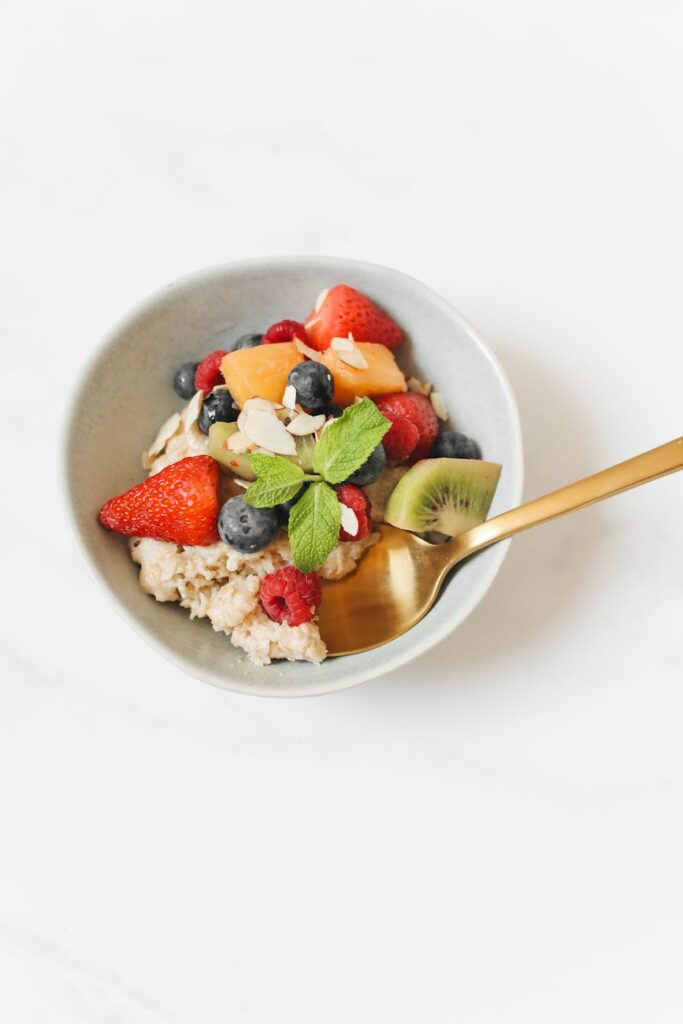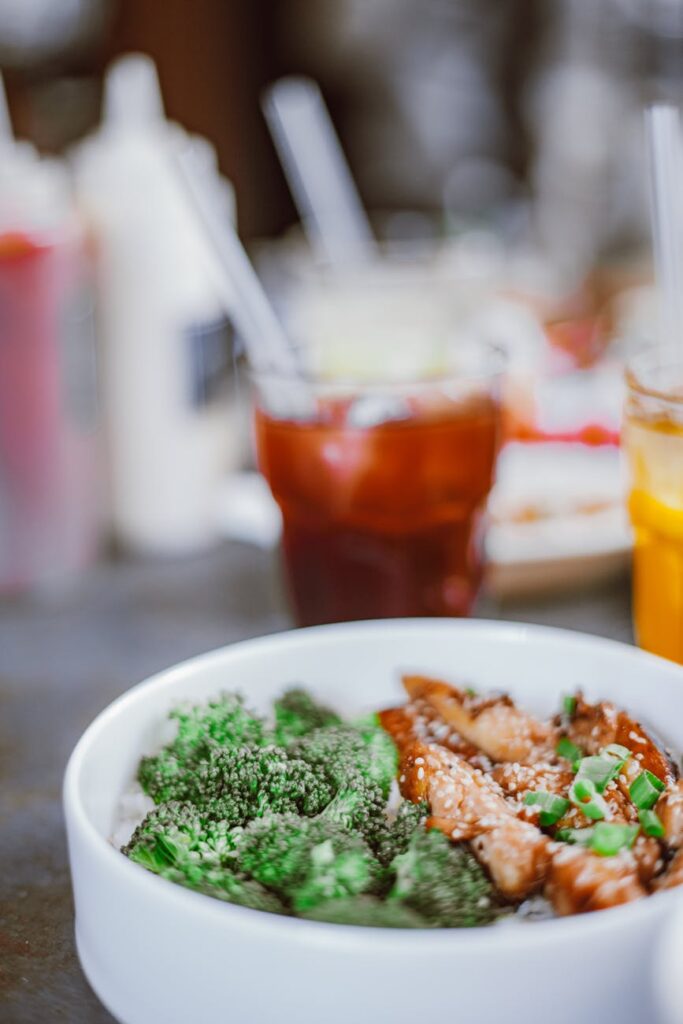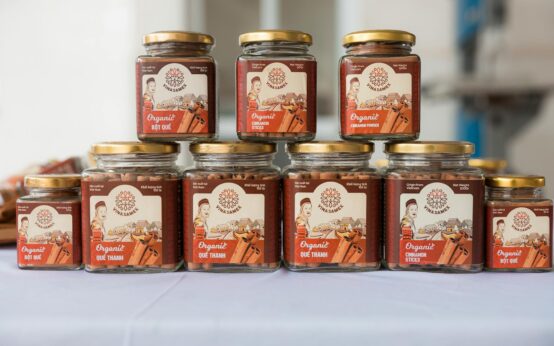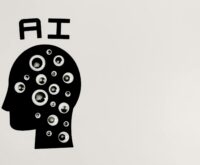Power Up Your Performance: The Ultimate Guide to the Best Foods Before a Workout
We’ve all been there. You walk into the gym, feeling motivated and ready to crush your goals. You start your first set, and… nothing. Your muscles feel weak, your head feels foggy, and you’re running on empty before your warm-up is even over. It’s frustrating. You blame a bad night’s sleep or just an ‘off’ day. But what if the problem wasn’t your motivation, but your fuel? What you eat before you sweat can make or break your session. Getting the right combination of nutrients is the secret to unlocking your true potential, and today we’re going to cover all the best foods before workout sessions to ensure you never hit that wall again.
Key Takeaways
- Timing is Crucial: Eat a balanced meal 2-3 hours before your workout, or a smaller, easily digestible snack 30-60 minutes prior.
- Carbs are King: Carbohydrates are your body’s primary energy source. Focus on complex carbs for sustained energy and simple carbs for a quick boost.
- Protein is Your Partner: A moderate amount of protein before a workout helps protect your muscles from breakdown and kickstarts the recovery process.
- Hydrate, Hydrate, Hydrate: Don’t forget water! Dehydration can tank your performance faster than anything else.
- Avoid the Wrong Stuff: Steer clear of high-fat, high-fiber, and overly spicy foods right before exercising to prevent digestive discomfort.
Why Your Pre-Workout Meal Actually Matters
Think of your body as a high-performance car. You wouldn’t put low-grade, sludgy fuel in a Ferrari and expect it to win a race, right? The same logic applies to you. The food you eat before you exercise is the fuel your body uses to perform. It’s not just about avoiding hunger pangs; it’s a strategic move to enhance your strength, endurance, and focus.
Proper pre-workout nutrition does a few key things:
- Boosts Energy Levels: The primary goal is to top off your glycogen stores. Glycogen is the form of glucose (sugar) that your muscles use for energy. When these stores are full, you can work out harder and for longer.
- Prevents Muscle Breakdown: When you exercise, especially with weights, you’re creating tiny tears in your muscle fibers. That’s how they grow back stronger. Providing your body with protein beforehand gives it the amino acids needed to prevent excessive breakdown (catabolism) and prime the pump for repair.
- Enhances Focus and Drive: A well-fueled body leads to a sharp mind. Running on fumes can leave you feeling dizzy, unfocused, and mentally weak. The right fuel keeps your brain and body in sync.
The Macronutrient Masterplan: Carbs, Protein, and Fats
Let’s not overcomplicate things. You don’t need a degree in nutrition to fuel your workouts effectively. It really boils down to understanding the role of the three main macronutrients.
Carbohydrates: The Primary Fuel Source
Carbs have gotten a bad rap over the years, but for an active person, they are non-negotiable. They are your body’s most efficient energy source. When you eat carbohydrates, your body breaks them down into glucose, which is then stored in your muscles and liver as glycogen. During your workout, your body taps into these glycogen stores for power.
- Complex Carbs: These are your slow-burners. Think oatmeal, brown rice, whole-wheat bread, and sweet potatoes. They release energy gradually, making them perfect for a meal a few hours before a long, sustained workout.
- Simple Carbs: These are your fast-acting fuel sources. Think fruits (like bananas and dates), honey, or even a sports drink. They digest quickly and provide a rapid spike in energy, which is ideal for a snack 30-60 minutes before you start.
Protein: The Muscle Protector
While carbs provide the gas, protein acts as the maintenance crew. Consuming protein before a workout provides your body with a steady stream of amino acids. This has two main benefits. First, it can help prevent your body from breaking down existing muscle tissue for energy, especially during long cardio sessions. Second, it gets the muscle repair process started early, potentially reducing soreness and accelerating recovery after you’re done.
You don’t need a massive steak. Good sources include Greek yogurt, a small scoop of protein powder, eggs, or a bit of cottage cheese.
Fats: Handle with Care
Healthy fats are incredibly important for your overall health, but they aren’t your best friend right before a workout. Why? Because fats slow down digestion. A heavy, fatty meal sitting in your stomach while you’re trying to do burpees is a recipe for disaster (and cramps). It diverts blood to your digestive system instead of your working muscles. So, while you should absolutely include avocados, nuts, and olive oil in your diet, keep them to a minimum in the 1-2 hours leading up to your gym time.
Timing is Everything: When to Eat Before You Compete
What you eat is only half the battle; when you eat it is the other half. The ideal timing depends on your personal digestion and the size of your meal.
If You Have 2-3 Hours Before Your Workout
This is the perfect window for a complete, balanced meal. You have enough time for your body to digest and absorb the nutrients without feeling bloated or heavy when you start moving. This meal should be a combination of complex carbohydrates and a moderate amount of lean protein, with minimal fat.
Good examples include:
- Grilled chicken breast with a cup of brown rice and steamed vegetables.
- A sweet potato topped with black beans and a small dollop of Greek yogurt.
- A bowl of oatmeal with a scoop of protein powder and a handful of berries.
- A whole-wheat turkey sandwich with a side of fruit.
If You Have 30-60 Minutes Before Your Workout
Woke up late? Squeezing in a session on your lunch break? No problem. In this window, you need something small, fast-digesting, and carbohydrate-focused. This is where simple carbs shine. You want a quick energy boost that won’t sit in your stomach.
Good examples include:
- A medium-sized banana.
- A small tub of Greek yogurt.
- A handful of dates or a granola bar (check the sugar content!).
- A slice of white toast with a thin layer of jam or honey.
- An apple with a tablespoon of peanut butter.
Pro-Tip: The closer you get to your workout, the smaller and simpler your snack should be. Your body doesn’t have time for a five-course meal when it’s about to hit the squat rack.
The Best Foods Before Workout Sessions: Our Top Picks
Okay, let’s get specific. Here is a list of powerhouse foods that are perfect for fueling your fitness journey. Mix and match them based on your timing and workout intensity.
Bananas
The classic pre-workout snack for a reason. Bananas are packed with easily digestible carbohydrates and are a fantastic source of potassium. Potassium is an electrolyte that helps with muscle function and prevents cramping. They’re nature’s perfect energy bar.
Oatmeal
Oatmeal is the king of sustained energy. It’s full of complex carbohydrates and beta-glucan, a type of fiber that releases sugar into your bloodstream slowly and steadily. This means no energy crash mid-workout. A warm bowl of oats an hour or two before you train is a fantastic choice, especially for endurance activities. Top it with some berries for a quick-energy kick.

Greek Yogurt
This is a perfect blend of carbohydrates and protein. The protein helps prep your muscles for the work ahead, while the carbs provide the initial energy. It’s also easy on the stomach for most people. Opt for a plain variety to avoid added sugars and top it with a little fruit or honey if you need some sweetness.
Fruit Smoothies
Smoothies are brilliant because they’re completely customizable and incredibly easy to digest. You can pack a ton of nutrients into one glass. A great pre-workout blend could include a banana, a handful of spinach (you won’t taste it!), some berries, a scoop of protein powder, and a liquid base like water or almond milk. It’s a fast and efficient way to get everything you need.

Whole Grain Toast
Simple, effective, and versatile. A slice or two of whole-grain toast provides complex carbs for energy. You can top it with almost anything. A thin layer of almond butter for some protein and healthy fats (just a little!), some sliced banana and honey for fast energy, or even a couple of scrambled egg whites if you have more time.
Chicken, Rice, and Veggies
This is the gold-standard meal for those who have 2-3 hours to digest. Lean chicken provides high-quality protein, brown rice offers slow-release energy, and the vegetables supply essential vitamins and minerals. It’s a complete meal that covers all your bases for a tough, lengthy workout session.
Apple Slices with Peanut Butter
A fantastic snack that hits all the right notes. The apple provides quick-acting carbs and hydration, while the small amount of peanut butter offers some protein and fat to make the energy last a bit longer. It’s the perfect balance for a 45-60 minute workout.
What to AVOID Before Hitting the Gym
Knowing what not to eat is just as important as knowing what to eat. Consuming the wrong thing can lead to cramps, bloating, and a workout that ends before it even begins.
High-Fat Foods
As we mentioned, greasy, fatty foods like pizza, fries, or creamy sauces take a long time to digest. They sit in your stomach and can make you feel sluggish and nauseous.
Excessive Fiber
While fiber is great for you, a massive bowl of high-fiber cereal or a huge bean burrito right before a workout can cause gas and bloating. Save the super-high-fiber meals for after your workout or on a rest day.
Spicy Foods
Spicy foods can cause heartburn and indigestion for many people. The last thing you want is acid reflux while you’re trying to set a new personal record.
Hydration: The Unsung Hero of Performance
We’ve focused a lot on food, but don’t you dare forget about water. Even slight dehydration can significantly impact your strength, power, and mental clarity. Your muscles are about 75% water! Aim to drink consistently throughout the day leading up to your workout. A good rule of thumb is to drink about 16-20 ounces of water 2-3 hours before you start, and another 8 ounces about 20-30 minutes before you begin.
Putting It All Together: Sample Pre-Workout Fuel Plans
Let’s make this practical. Here are a few sample scenarios to give you a clear idea of how to apply this knowledge.
- The 6 AM Early Bird (High-Intensity Workout):
You’re up and at ’em before the sun. You don’t have time for a big meal.
Fueling Strategy (30 mins before): A medium banana and a large glass of water. Or, a small fruit smoothie with half a scoop of protein powder. It’s all about fast, simple energy. - The Lunchtime Warrior (1-Hour Cardio/Strength Mix):
You’re squeezing in a workout during your midday break.
Fueling Strategy (2 hours before): Your mid-morning snack becomes your pre-workout meal. A container of Greek yogurt with berries or an apple with a handful of almonds is perfect. - The 6 PM Powerlifter (Heavy Lifting Session):
You’re hitting the gym after a full day of work.
Fueling Strategy (2-3 hours before): A proper late lunch or early dinner. Grilled fish with a sweet potato. Or a chicken salad sandwich on whole-wheat bread. You need that sustained fuel for heavy lifts. If you feel your energy dip right before, a few dates or a rice cake with honey can give you that final push.
Conclusion
Fueling your body for a workout isn’t about following a rigid, complicated diet. It’s about listening to your body and making smart, simple choices. By focusing on easily digestible carbohydrates, a moderate amount of protein, and proper timing, you can transform your performance. You’ll feel stronger, last longer, and recover faster. So, next time you’re getting ready to head to the gym, take a few minutes to think about your fuel. Your body—and your future personal records—will thank you for it.



 The Hidden Dangers of Processed Foods You Can’t Ignore
The Hidden Dangers of Processed Foods You Can’t Ignore  The Science of Intermittent Fasting: What Happens To You?
The Science of Intermittent Fasting: What Happens To You?  Why Processed Foods Are Harming Your Health
Why Processed Foods Are Harming Your Health  Top Sources of Plant-Based Protein: A Complete Guide
Top Sources of Plant-Based Protein: A Complete Guide  Sugar’s Impact on Your Body & Brain: The Hidden Truth
Sugar’s Impact on Your Body & Brain: The Hidden Truth  How Sugar Affects Your Body & Brain: The Unsweet Truth
How Sugar Affects Your Body & Brain: The Unsweet Truth  Crypto’s Carbon Footprint: The Real, Nuanced Story
Crypto’s Carbon Footprint: The Real, Nuanced Story  Join a Web3 Community: The Ultimate Networking Guide
Join a Web3 Community: The Ultimate Networking Guide  What Are AMMs? Automated Market Makers Explained Simply
What Are AMMs? Automated Market Makers Explained Simply  NFT Legal Questions Answered: A Simple Guide
NFT Legal Questions Answered: A Simple Guide  Build a Balanced Cryptocurrency Portfolio: A 2024 Guide
Build a Balanced Cryptocurrency Portfolio: A 2024 Guide  Reading Smart Contract Audits: A Beginner’s Guide
Reading Smart Contract Audits: A Beginner’s Guide